This collection of photographs explores the intimate bond between the people of Nosy Boraha and the island they call home. Known also as Sainte-Marie, it is 60km long, just off the east coast of Madagascar. Its insular character has shielded it from the influences of globalisation, allowing its natural beauty and traditional way of life to thrive.
I captured these photographs in 2023, after I had returned to Madagascar after more than a year away. I had been longing to reconnect with the natural world in a way that is unique to my home country—a connection both deeply familiar and profoundly different from the American metropolis that now surrounds me.
Upon landing in a small plane, I felt an immediate sense of intimacy as I touched down on the tiny tarmac nestled between the ocean and the forest. The air was thick with the scent of salt and lush greenery. It was a world away from the concrete jungles I had grown accustomed to in America.
Through these photographs, taken from the dual perspectives of an outsider glimpsing the lives of the islanders and a welcomed traveller whose heart has been profoundly touched by their hospitality and rare existence, I hope to reveal the complex relationship between the island’s natural environment and its residents’ daily lives.
The sea, forests, and land are not merely passive backdrops but active participants in shaping the rhythm of existence here: the people, through their traditions, livelihoods, and sense of place, leave their own imprint on the landscape, through the paths they walk, the homes they build, and the stories they pass down.
Each image attempts to capture the subtle dialogue between nature and community. The residents do more than live on the island: they are inextricably connected to its rhythms, stories, and soul. Their lives and practices are shaped by the land, just as their presence and care shape the island in return.
Many residents rely on fishing as a primary livelihood, not only for income but also as a way to sustain their families, with tides and seasonal migrations guiding early morning departures and returns to shore. In return, the people of Nosy Boraha have developed practices that respect the ocean’s resources, often fishing selectively and using traditional techniques that minimise harm to marine life.
Others are dedicated to agriculture, drawing on the island’s tropical climate to cultivate rice, coffee, vanilla, and other crops that sustain their communities. The fertile soil and steady rainfall nurture these traditional crops, each planted with care and timed to the island’s natural rhythms. Rice paddies stretch across lowlands, while coffee and vanilla thrive in shaded areas, with cultivation techniques passed down through generations. Farmers work with the land rather than against it, following seasonal rains and organic practices that protect and enrich the soil.
This is a community in harmony with its surroundings, where the natural world and human life are deeply interconnected.
Here, people and place are inseparable, and together they create a unique narrative of place, memory, and identity.
While this collection seeks to capture the ethereal beauty of life on Nosy Boraha, it is vital to acknowledge the island’s earthly realities and avoid romanticising the inhabitants’ experiences. Though content with their idyllic surroundings, the island’s residents yearn for a more expansive existence. They aspire for greater resources, opportunities, and connection to the wider world while continuing to preserve their rich natural and cultural heritage.
In documenting their lives, I seek to present a nuanced portrait that honours both their present realities and their dreams for the future.
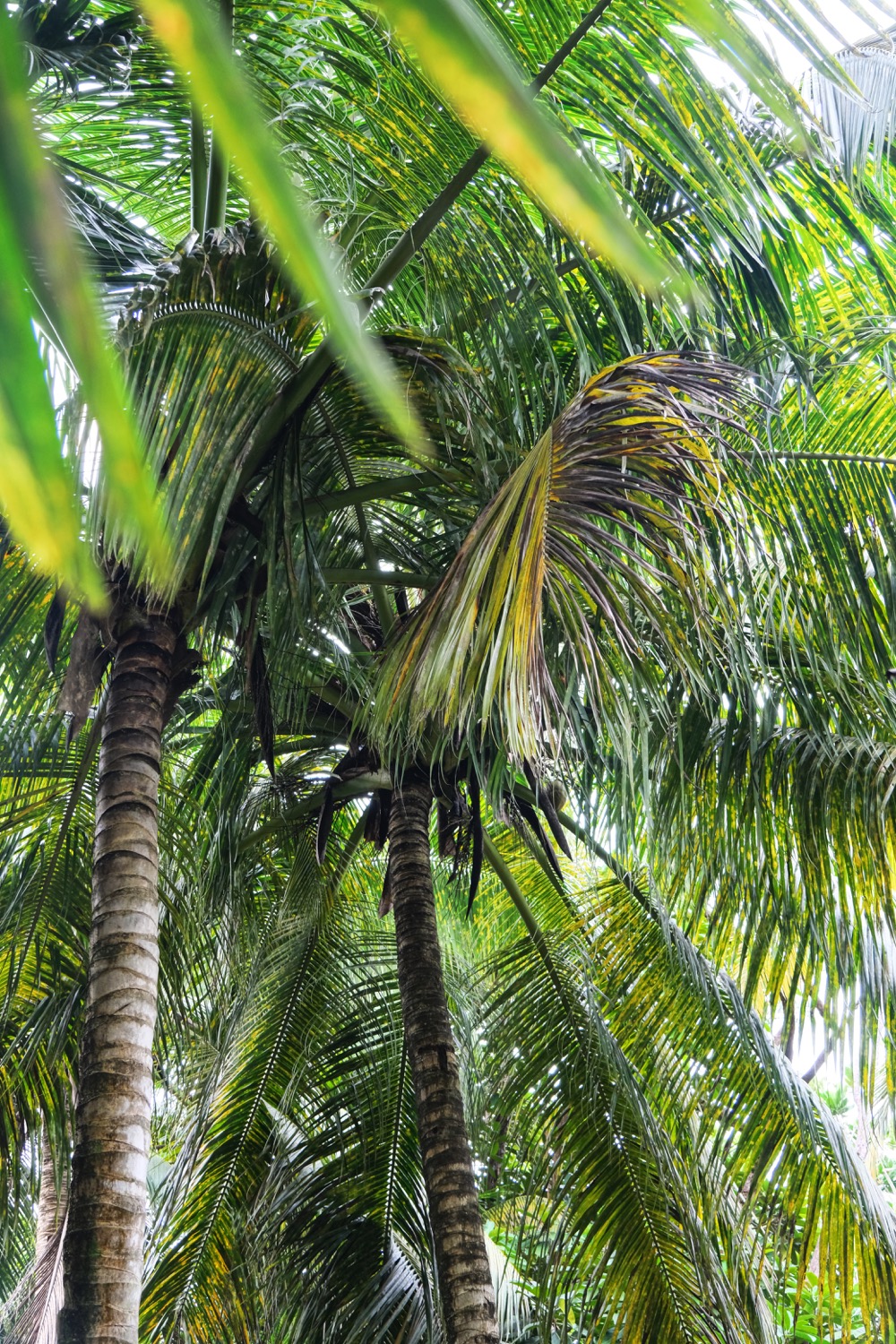
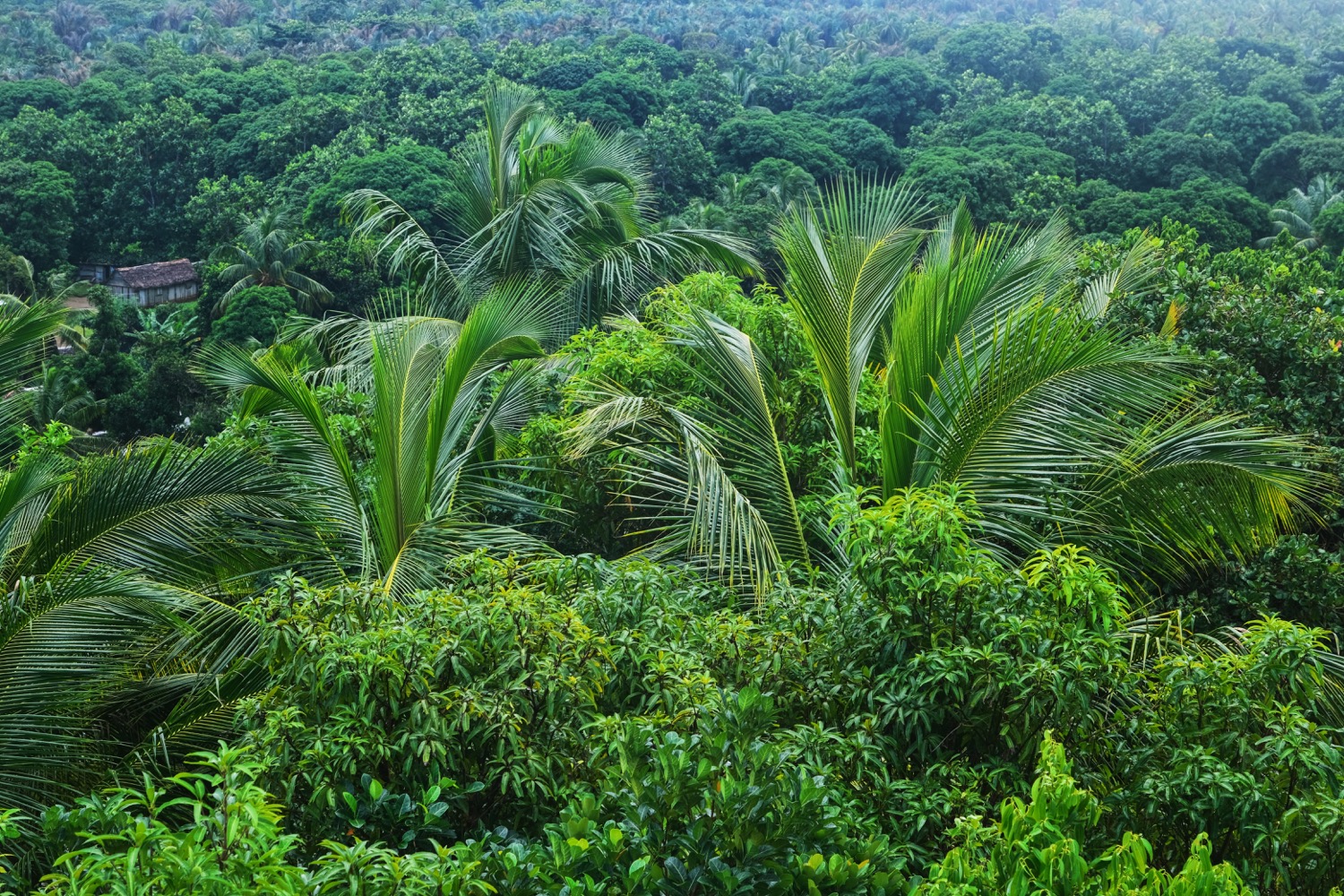
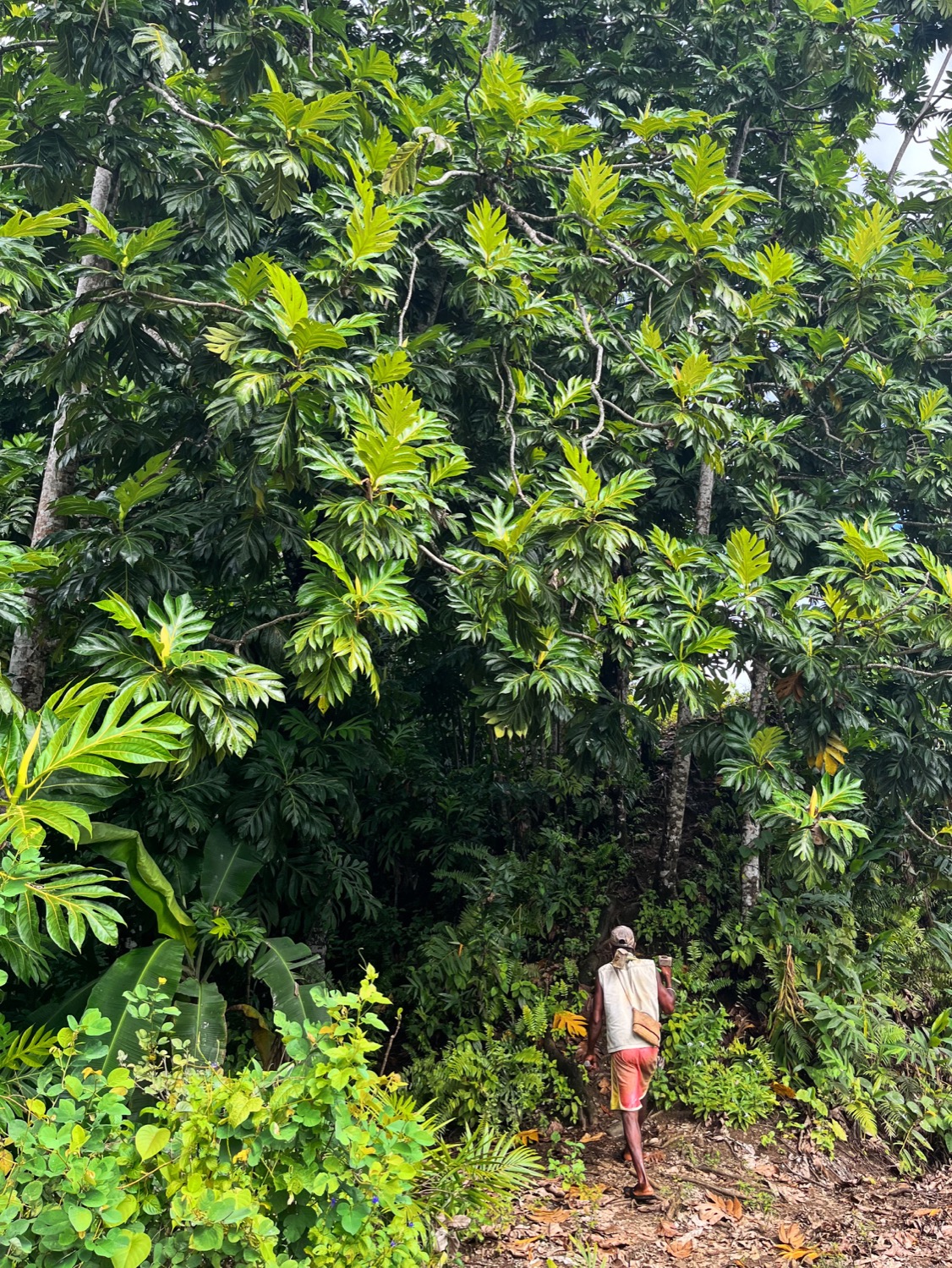
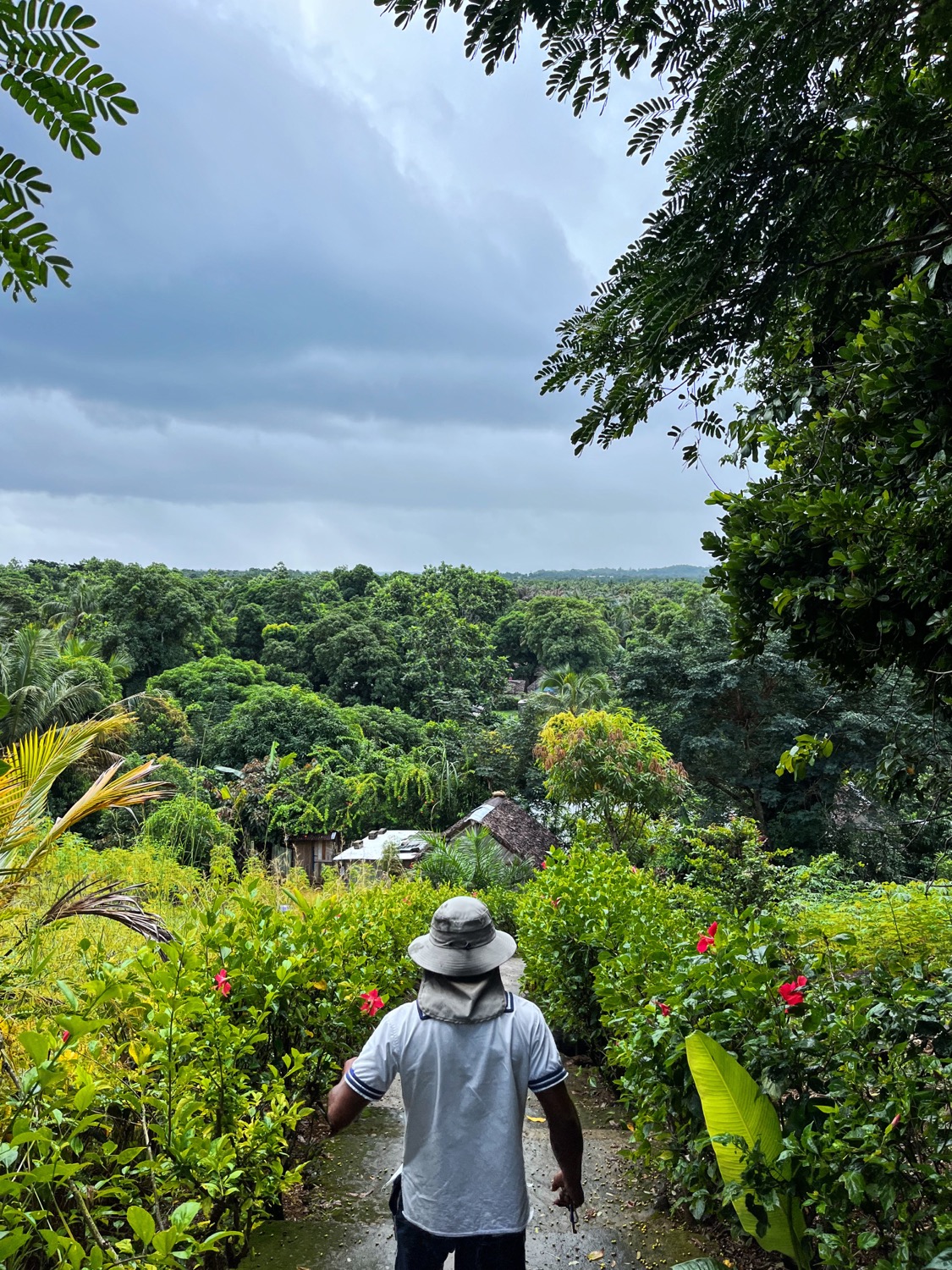
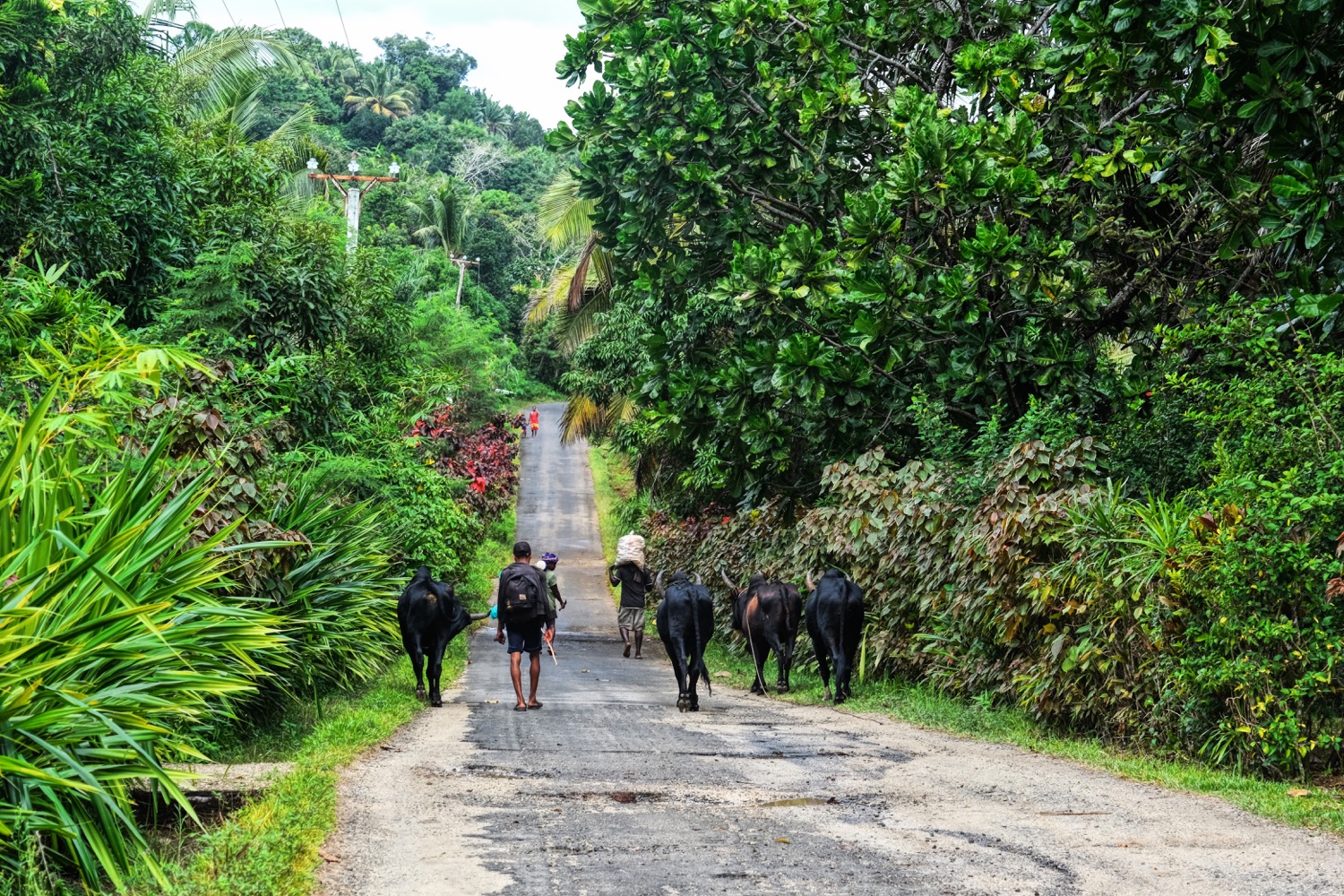

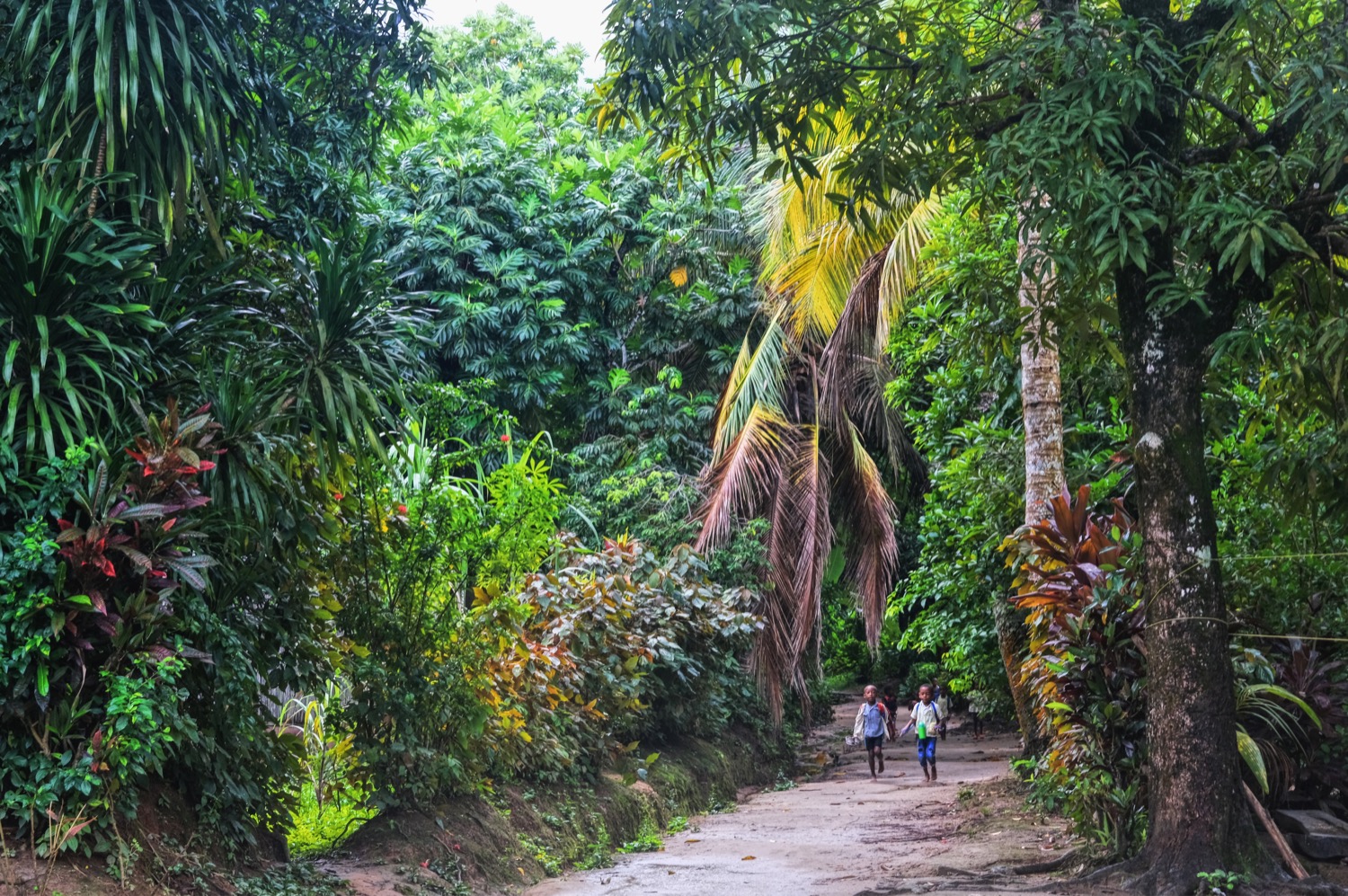
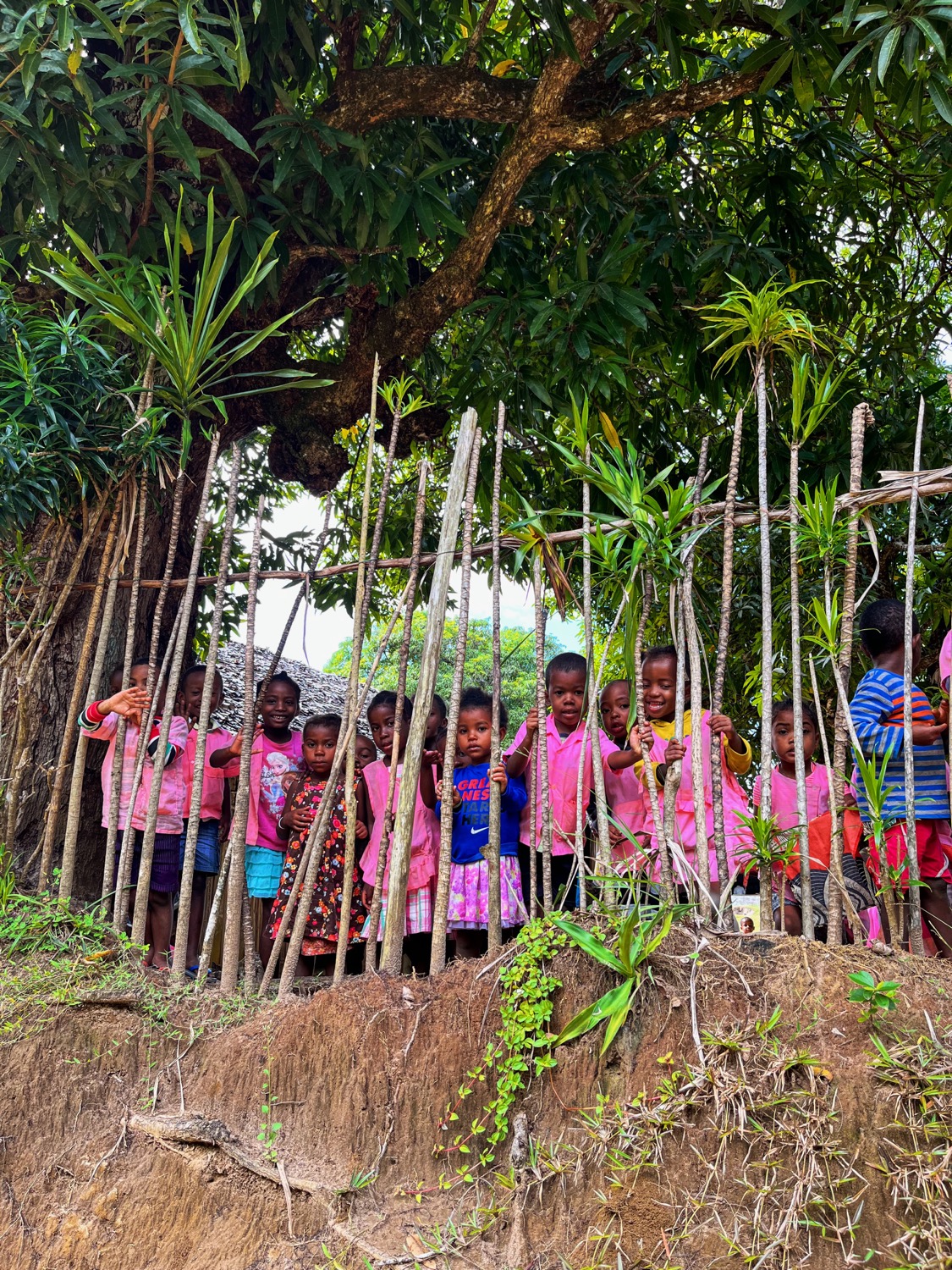
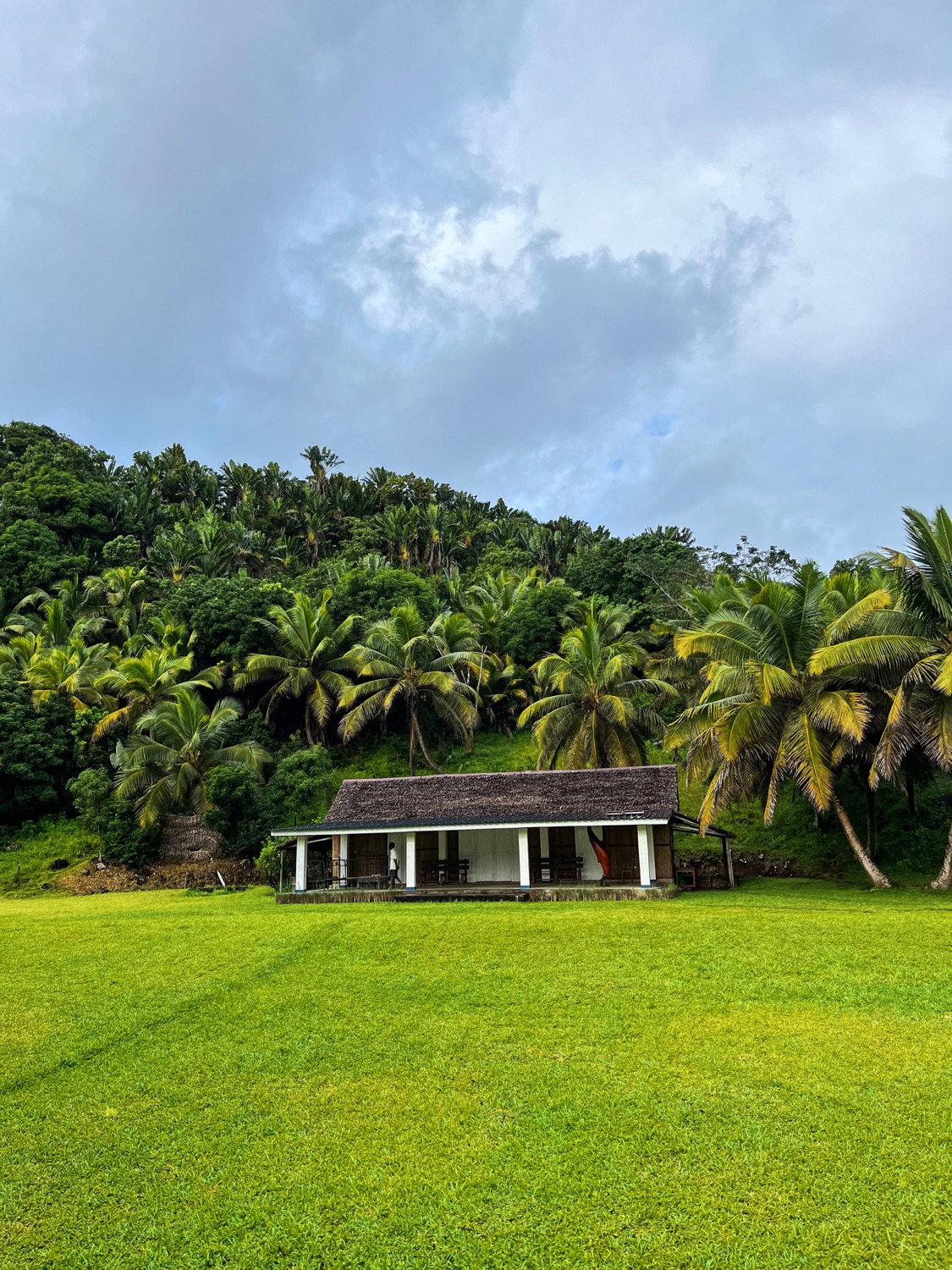
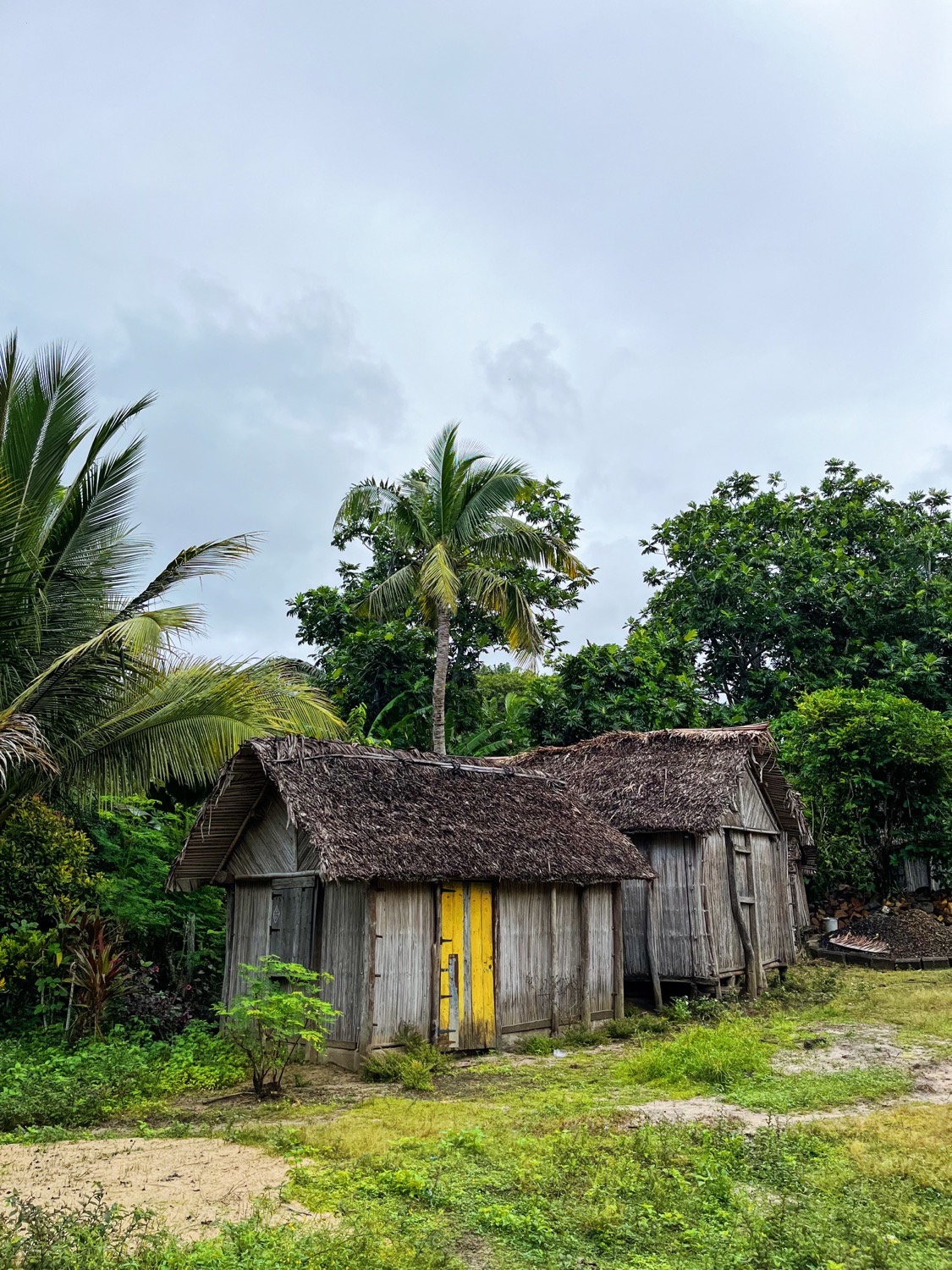
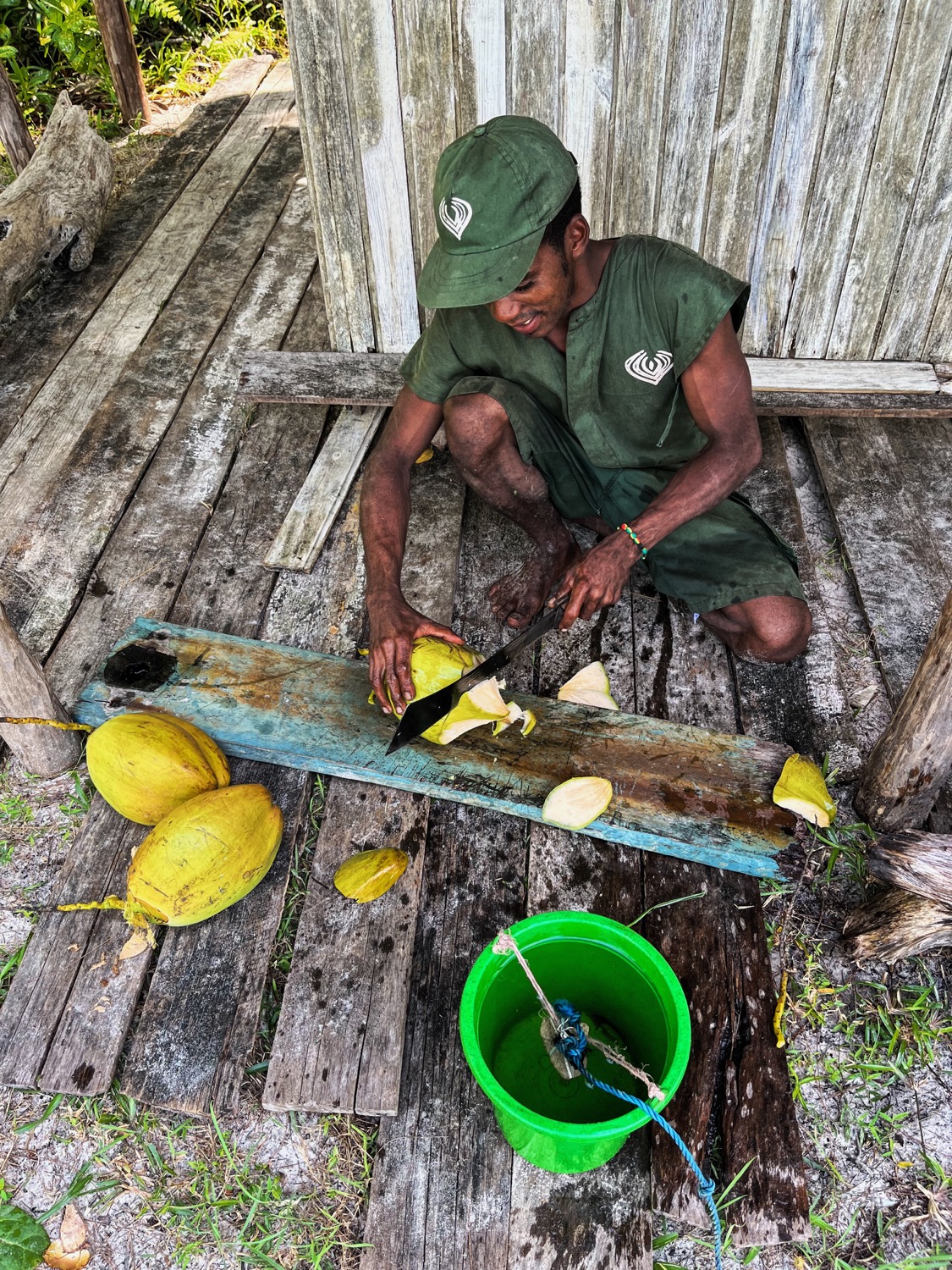
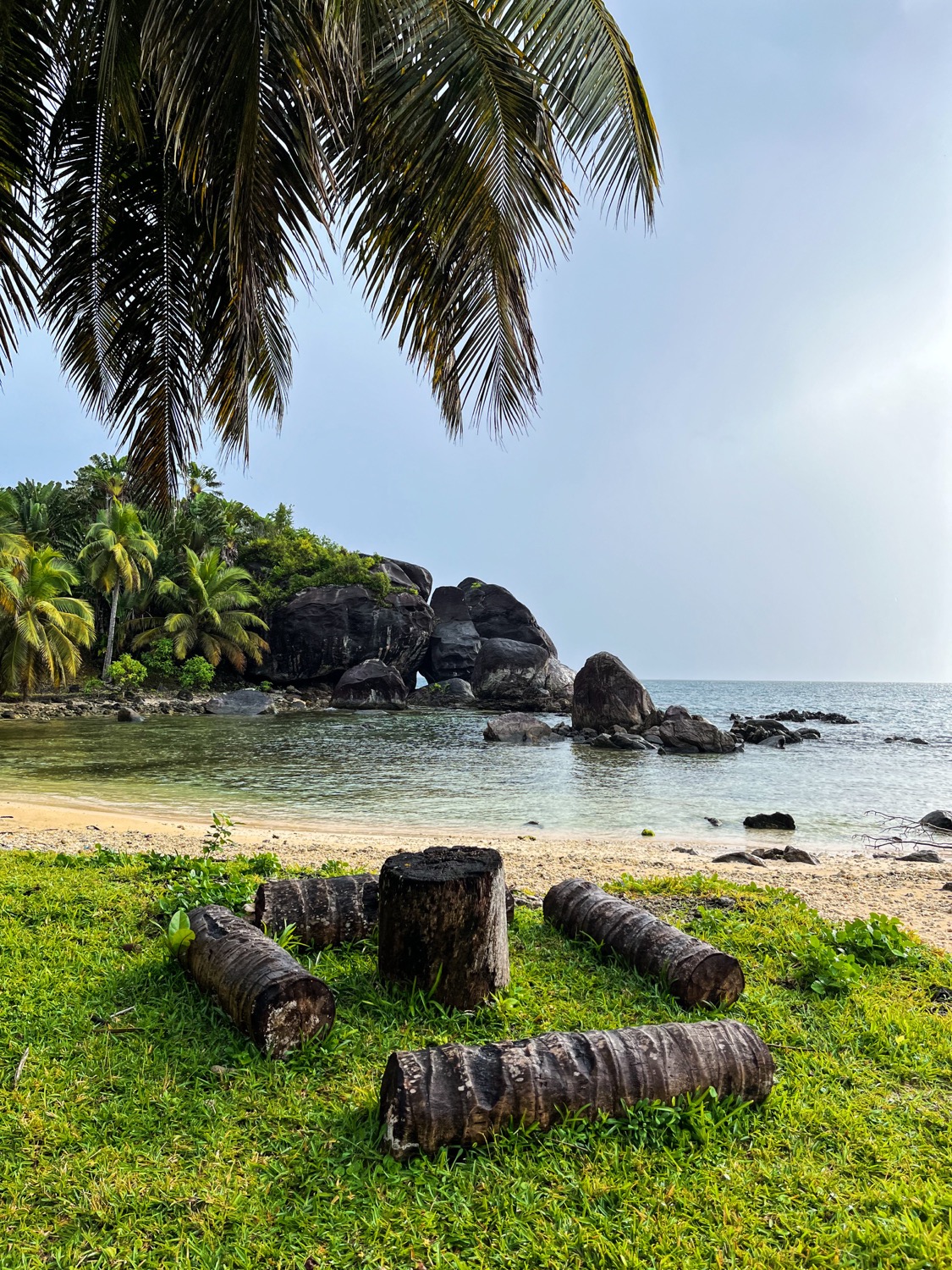
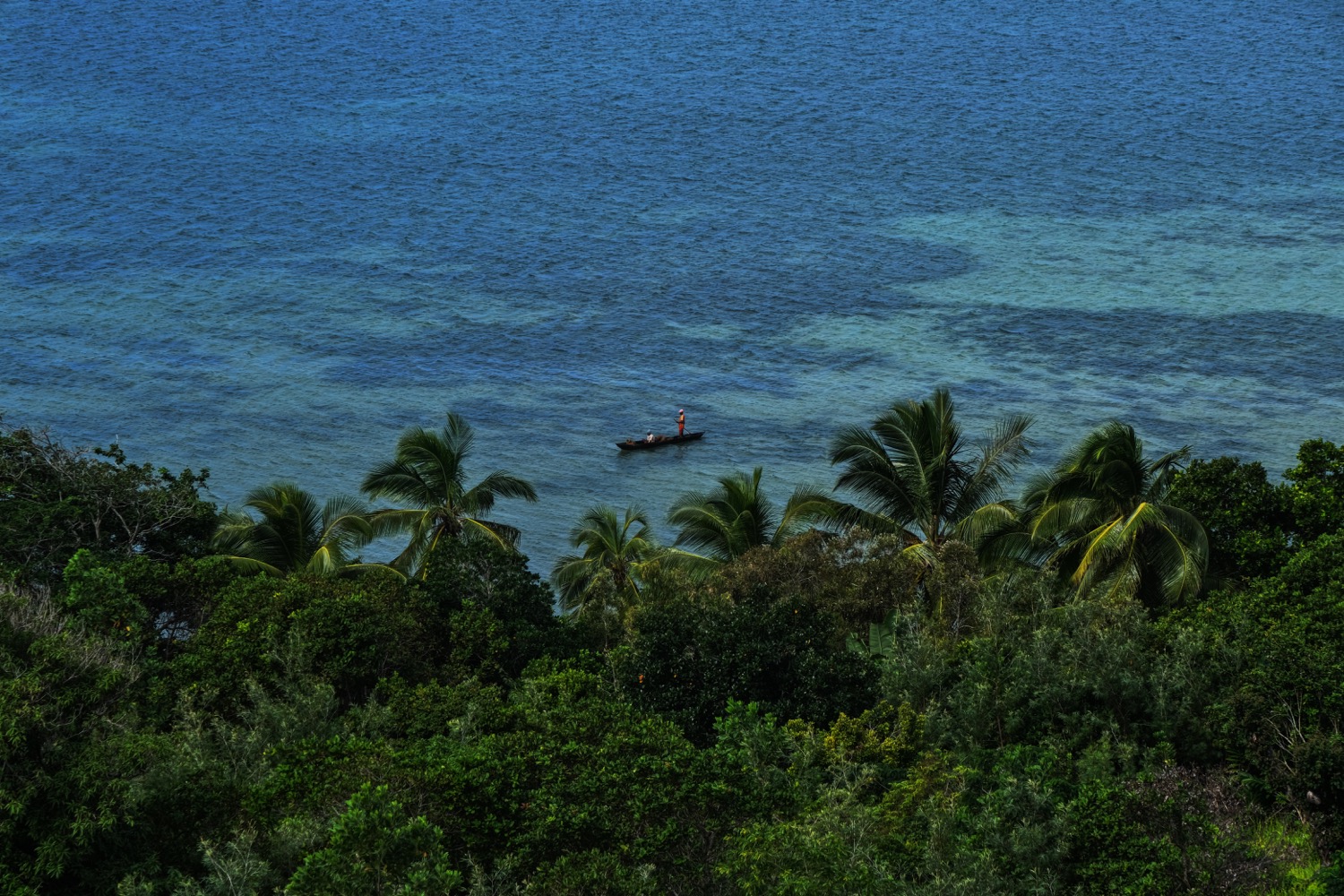
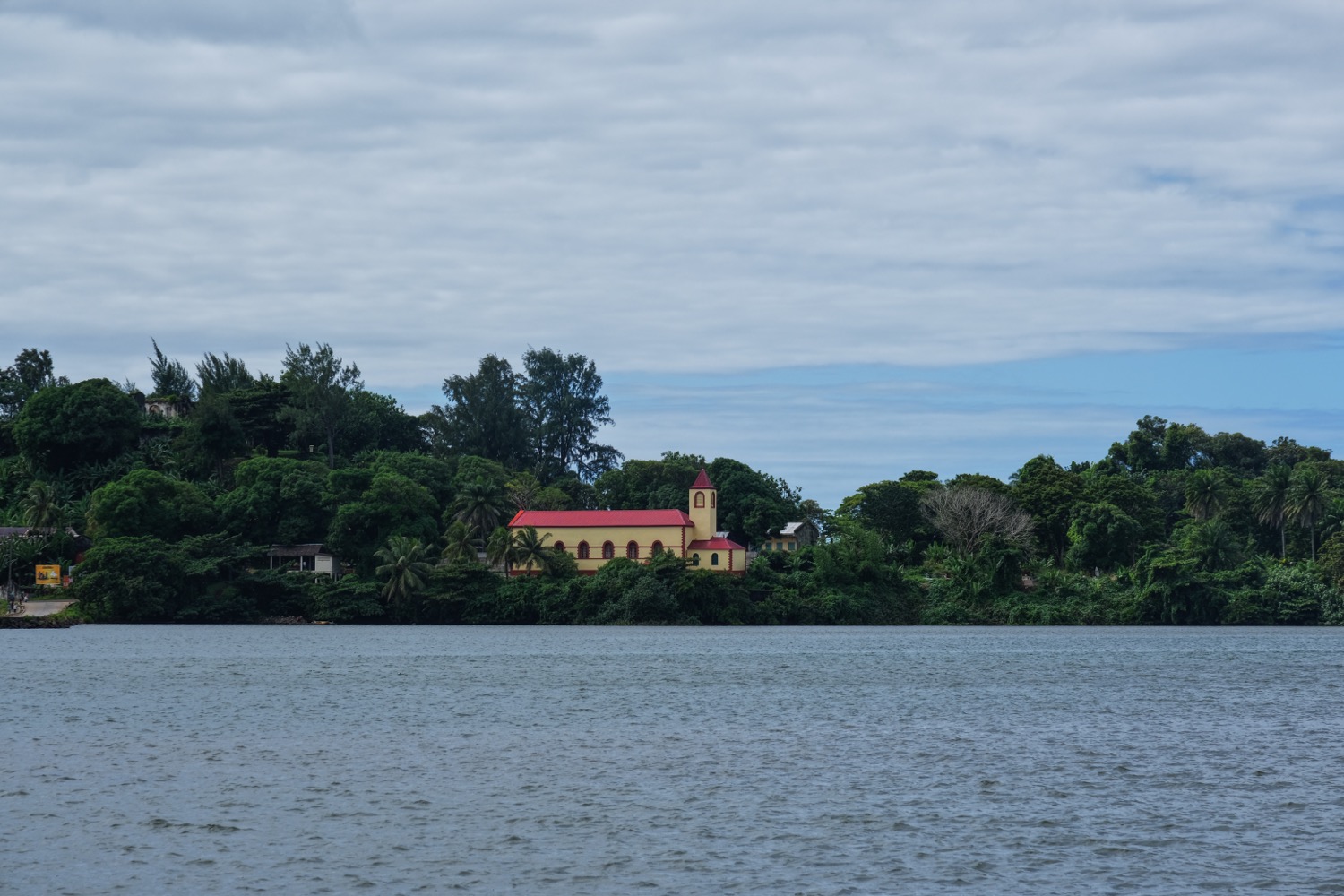
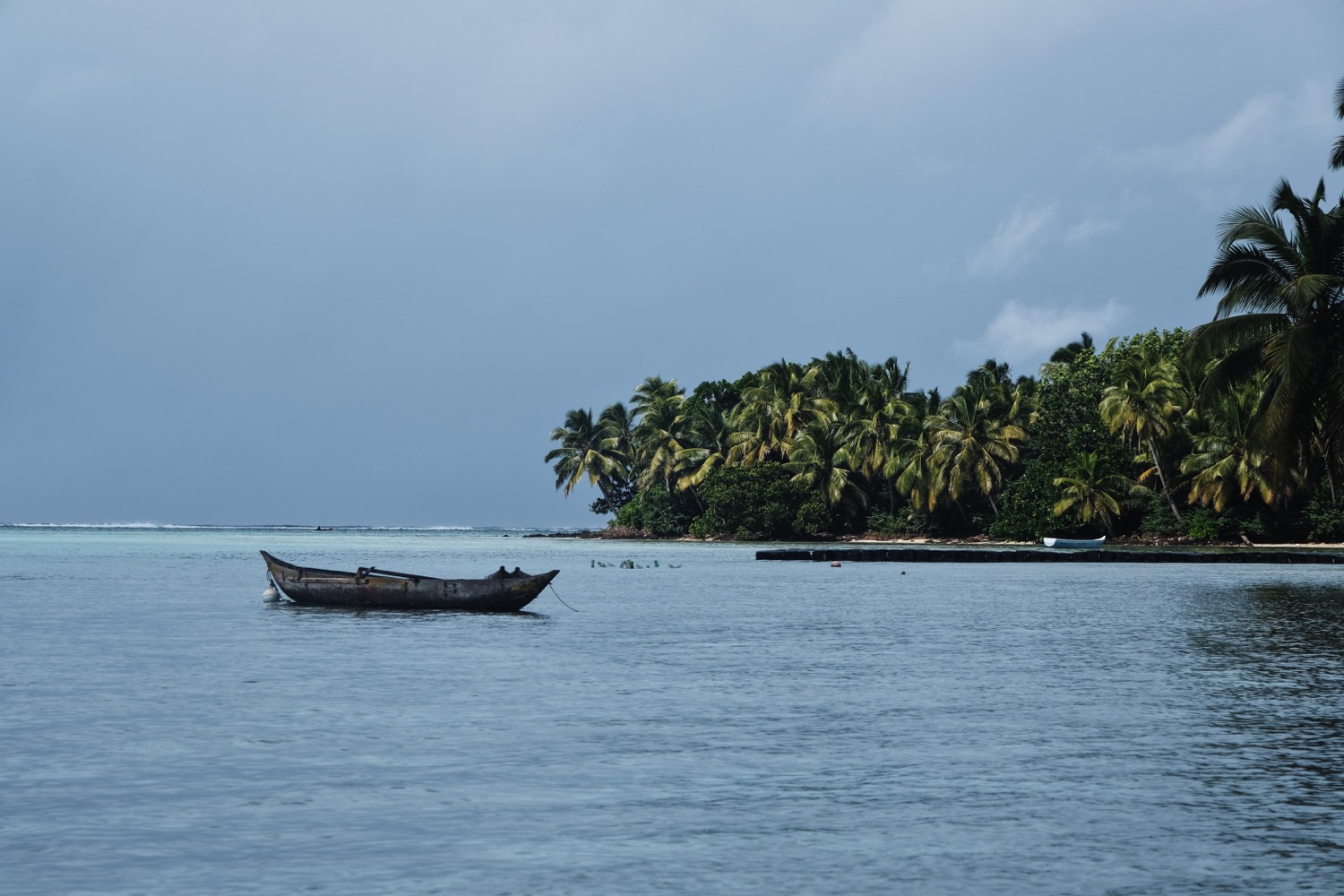
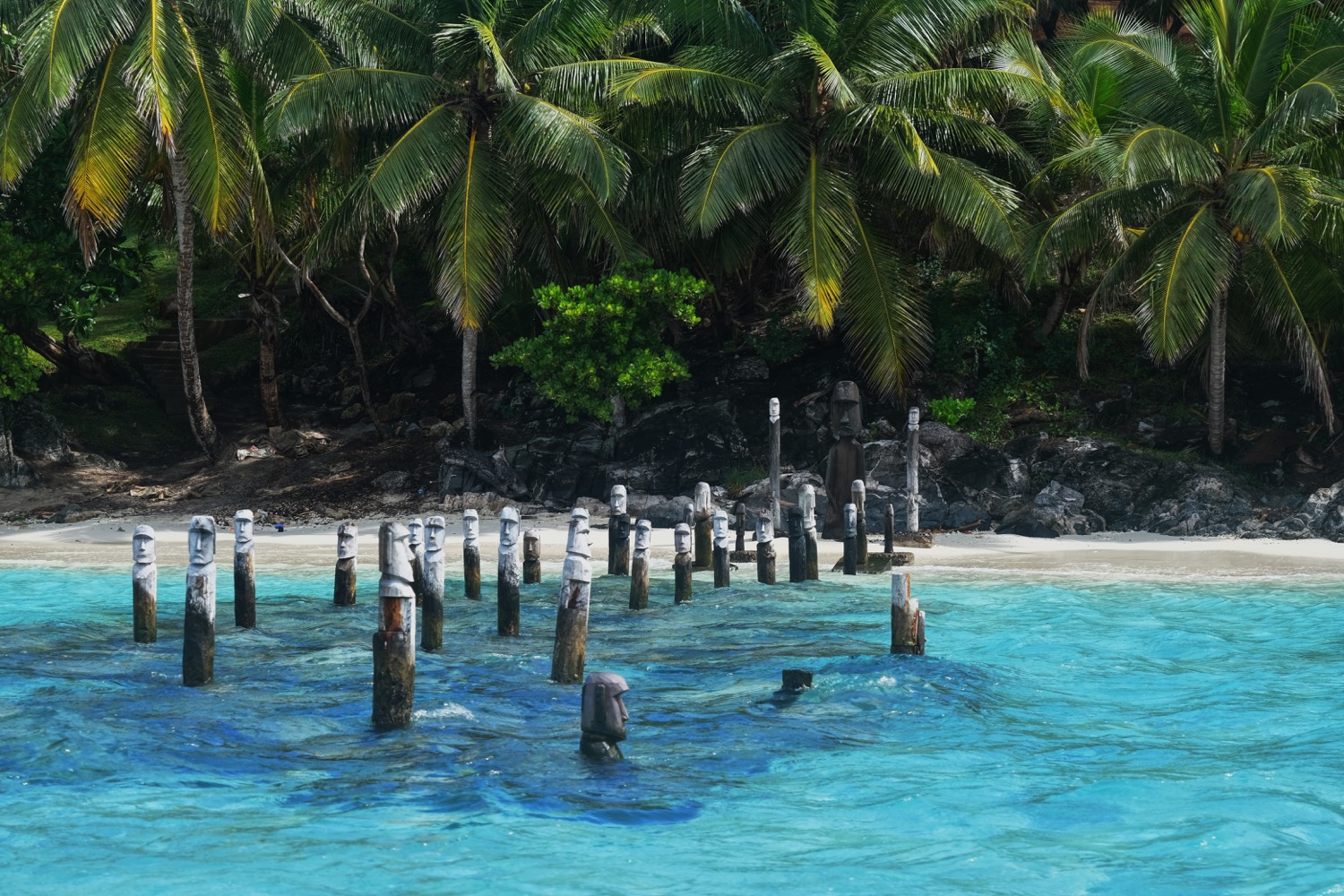
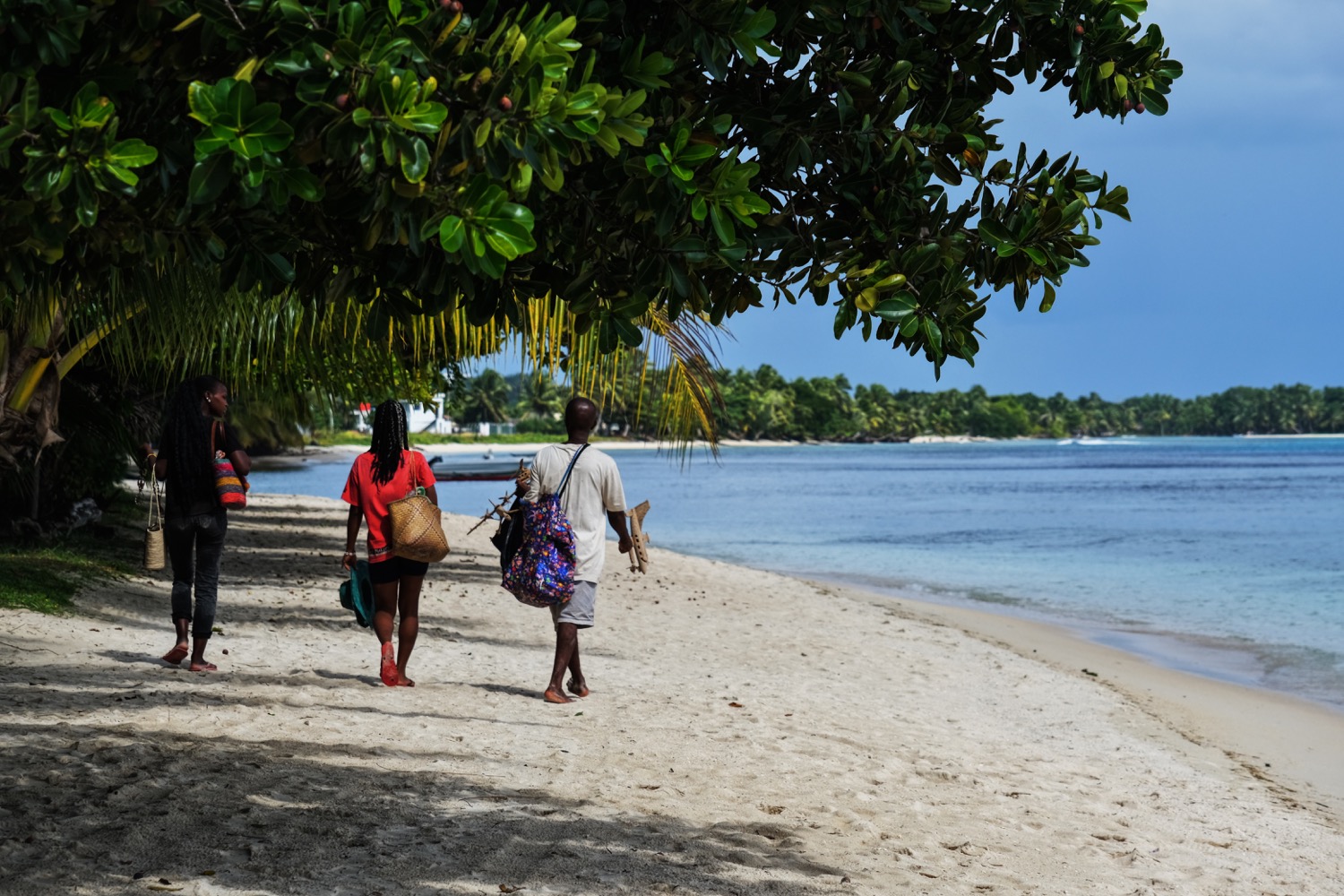
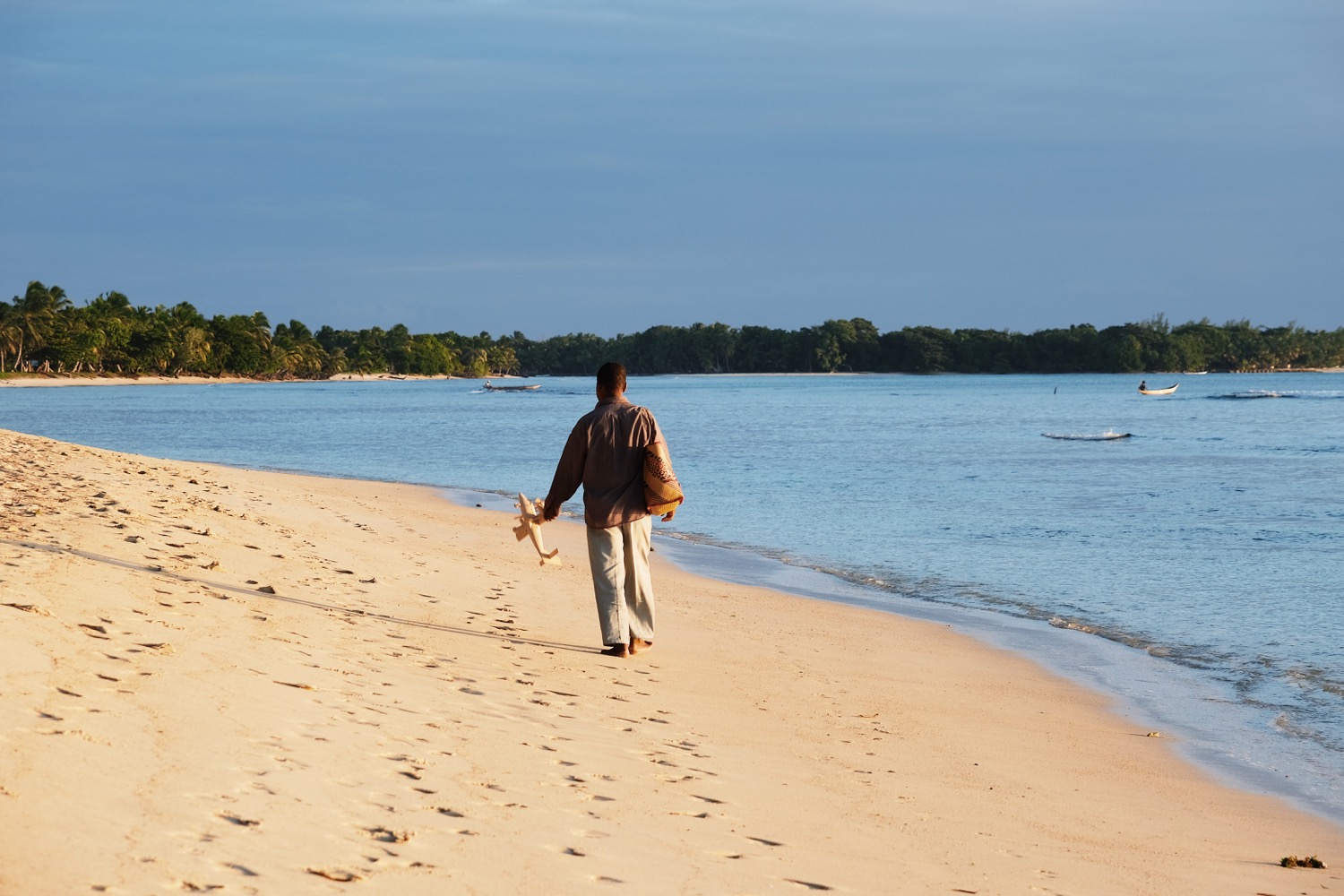
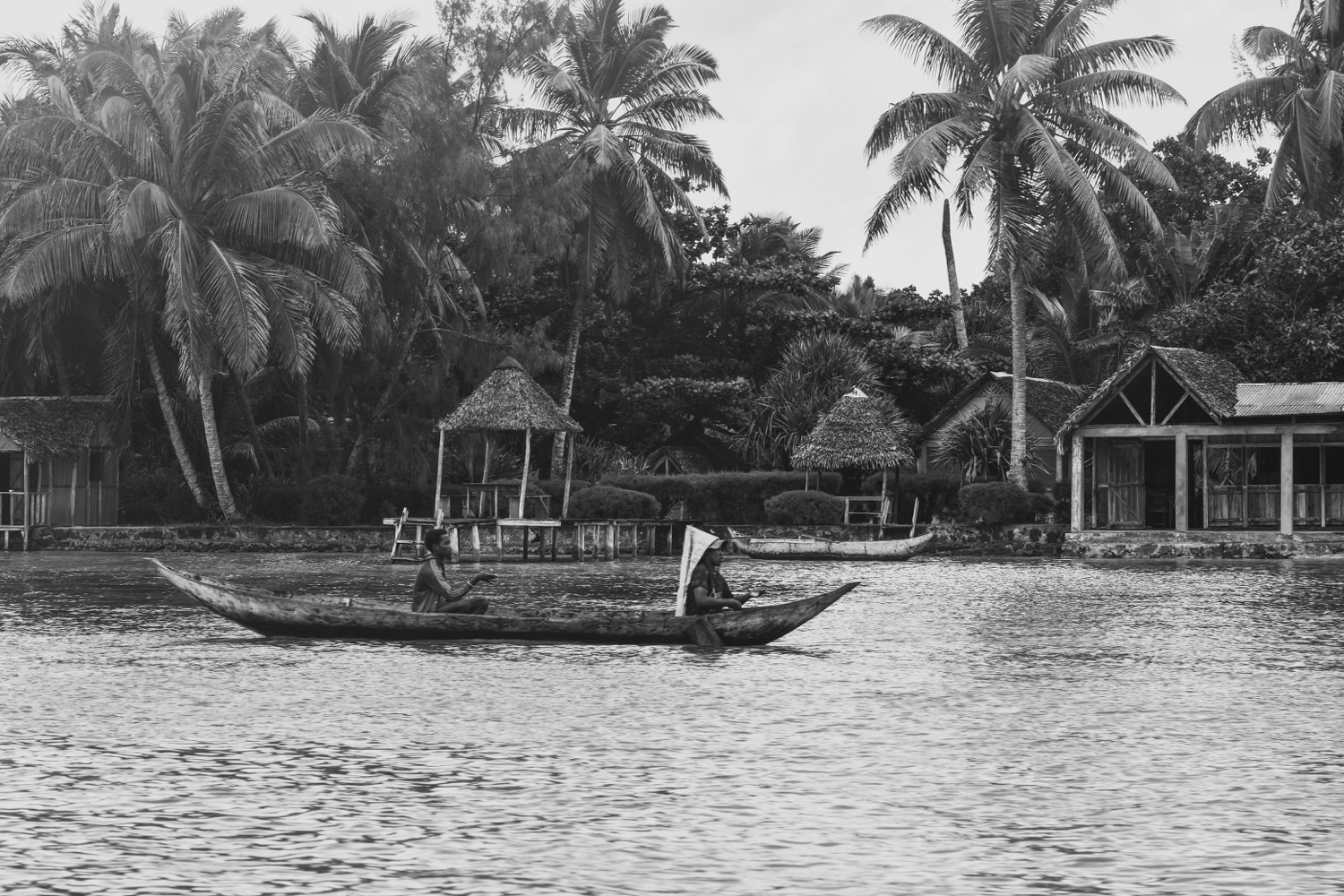
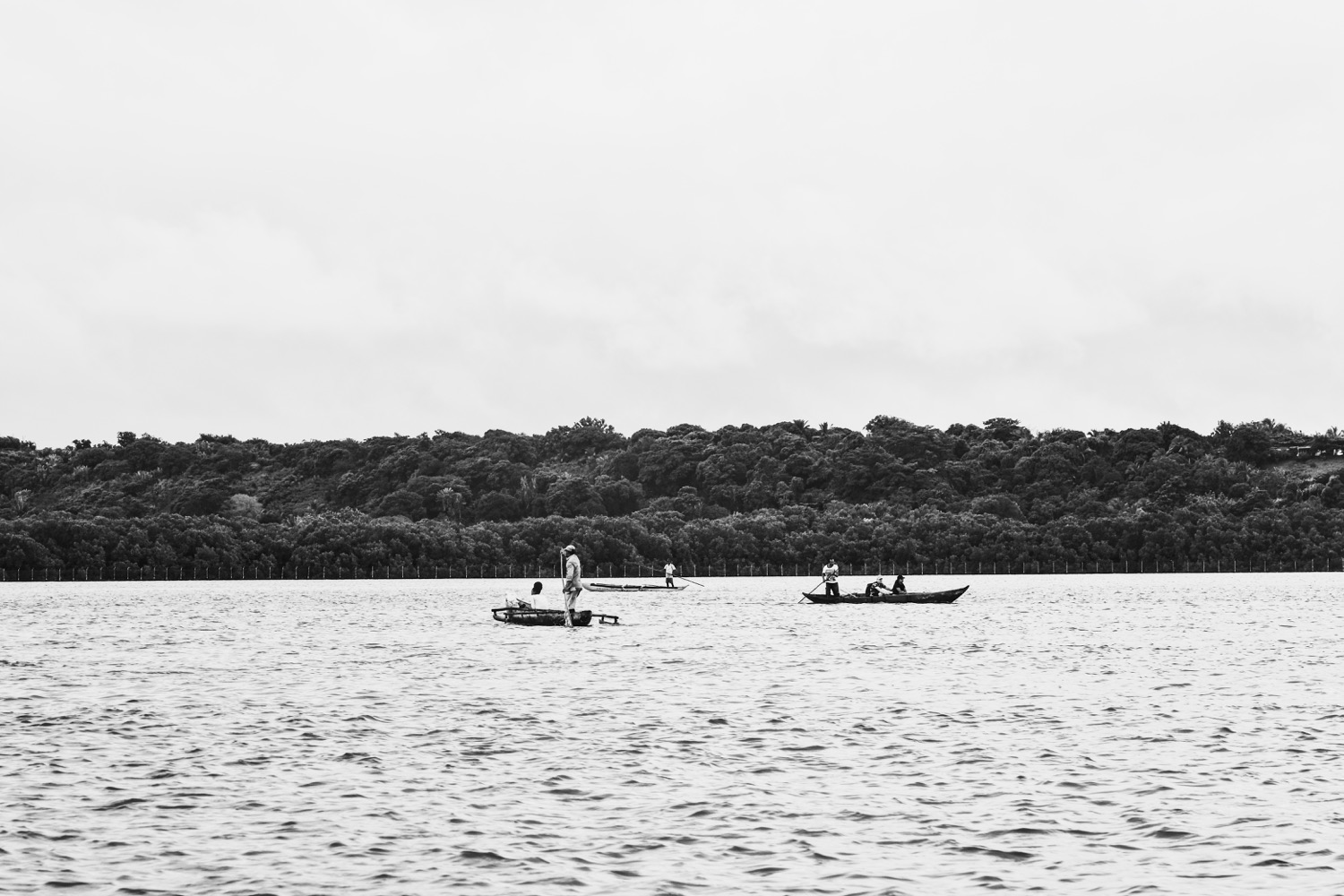

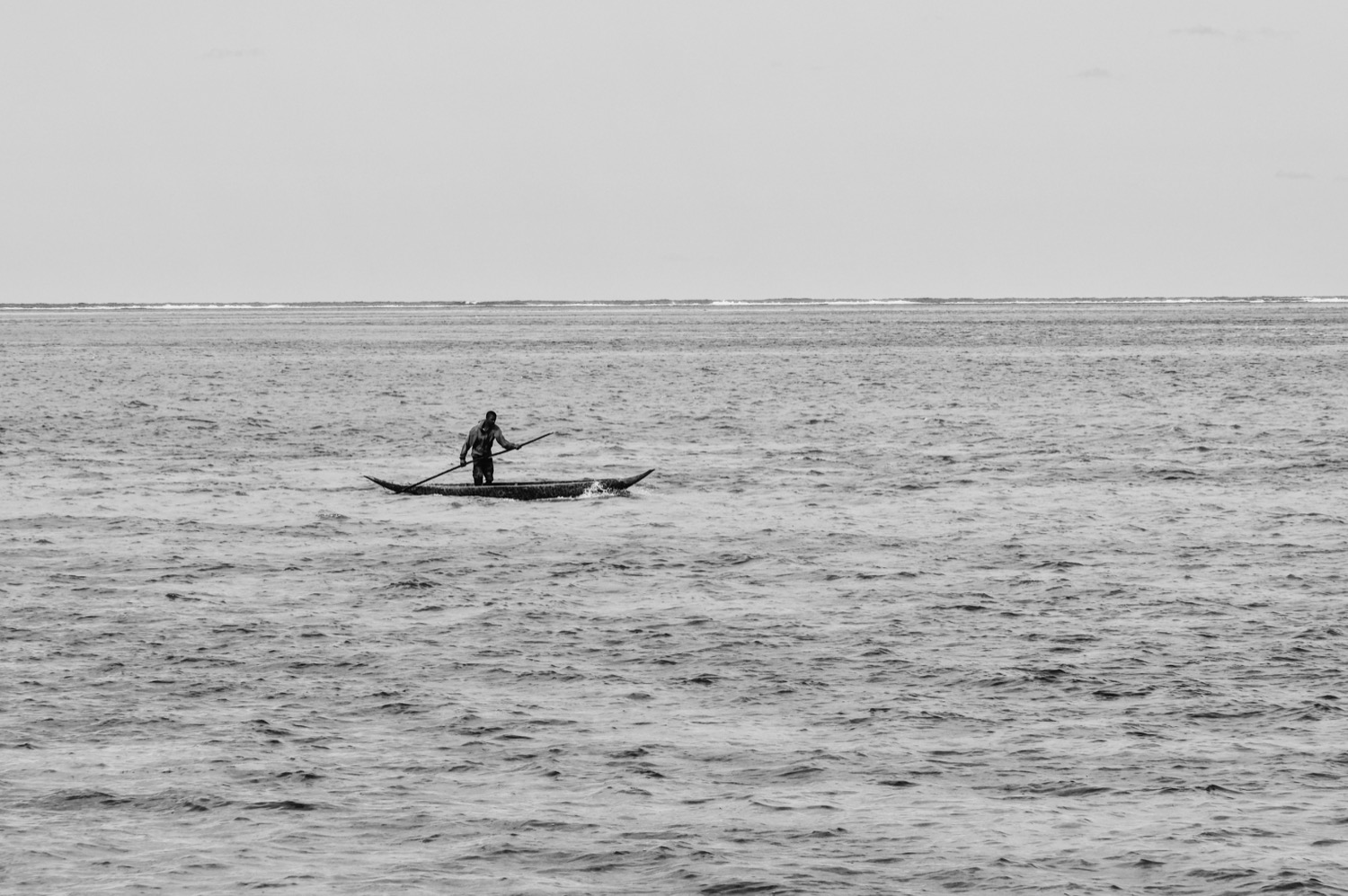
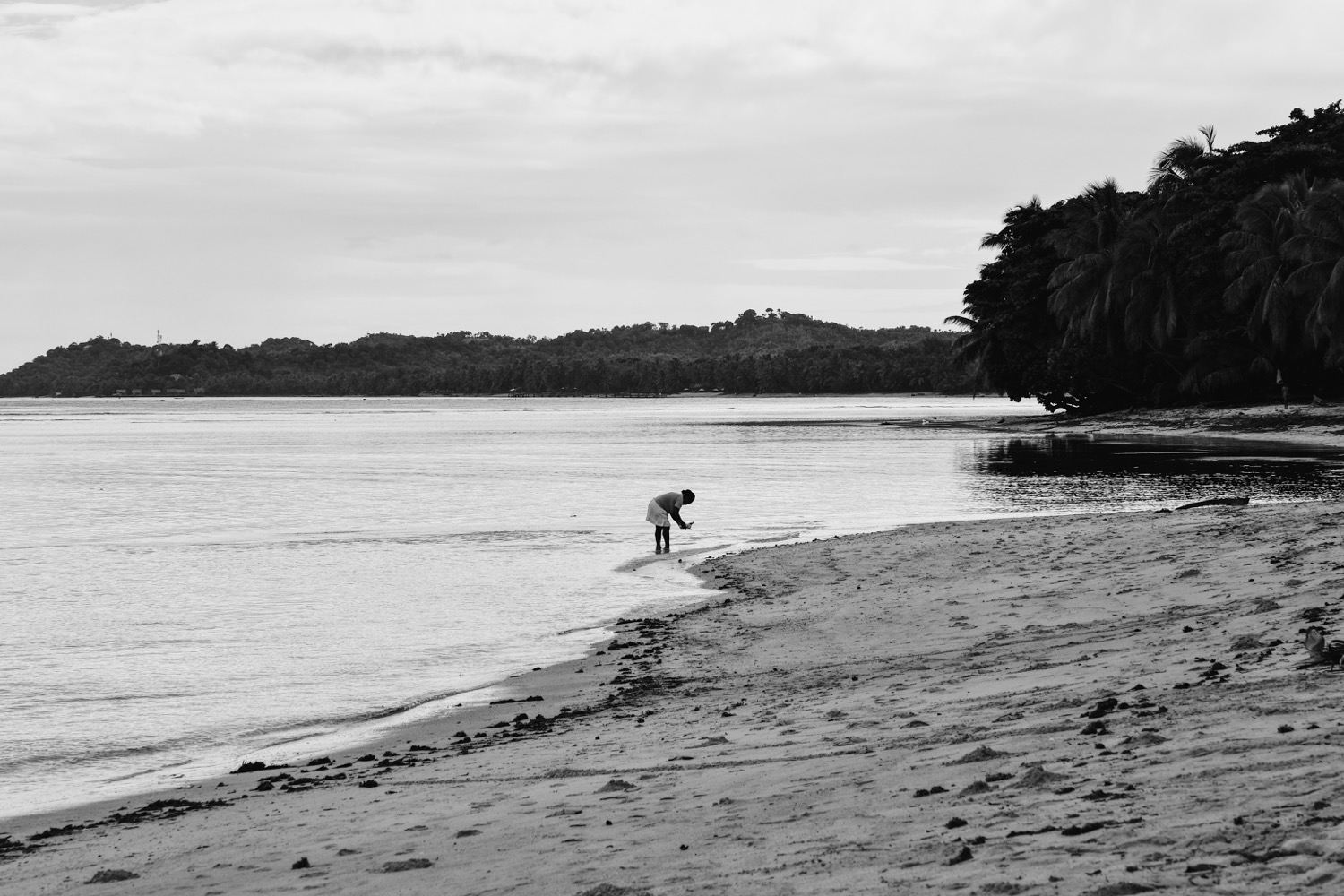
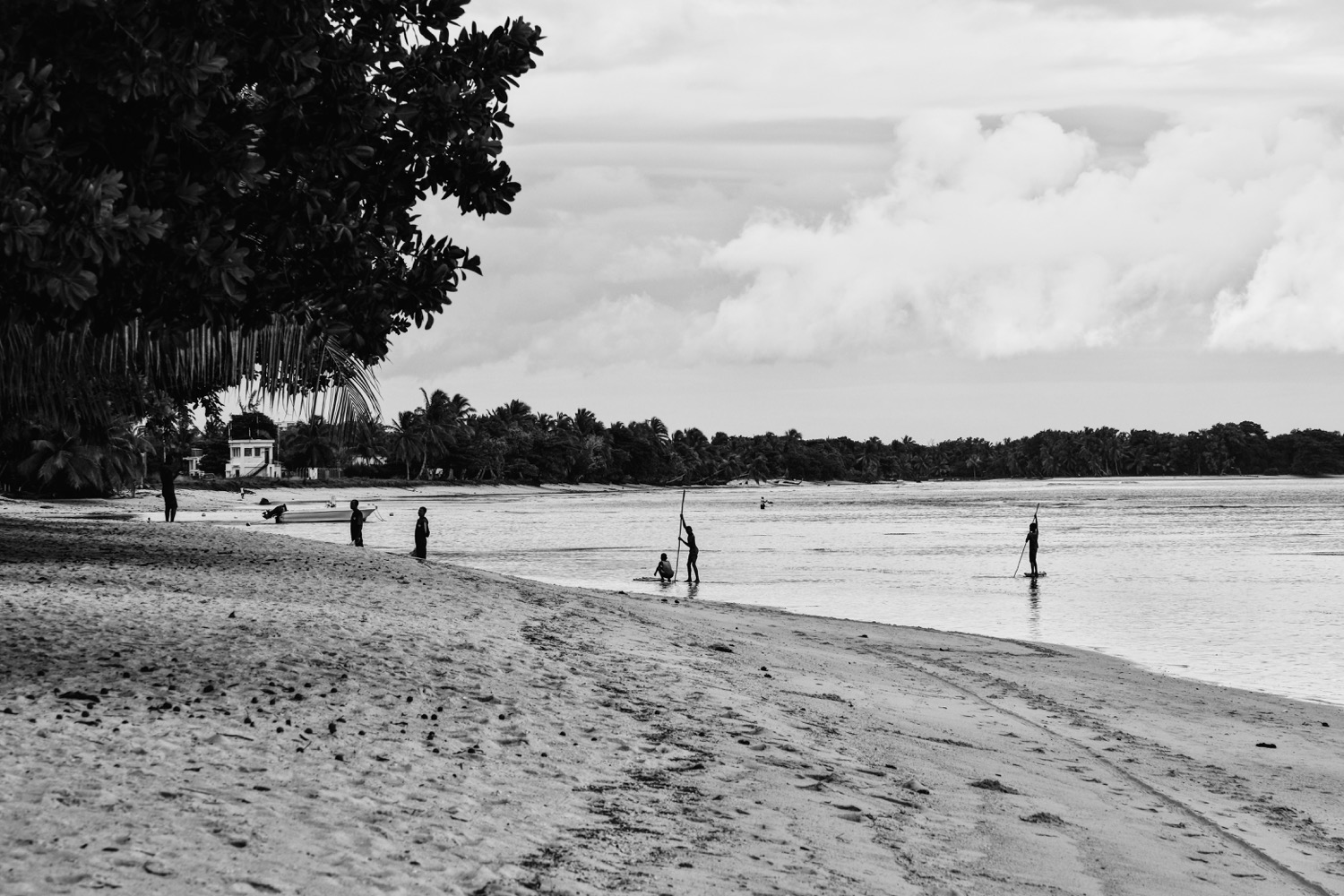
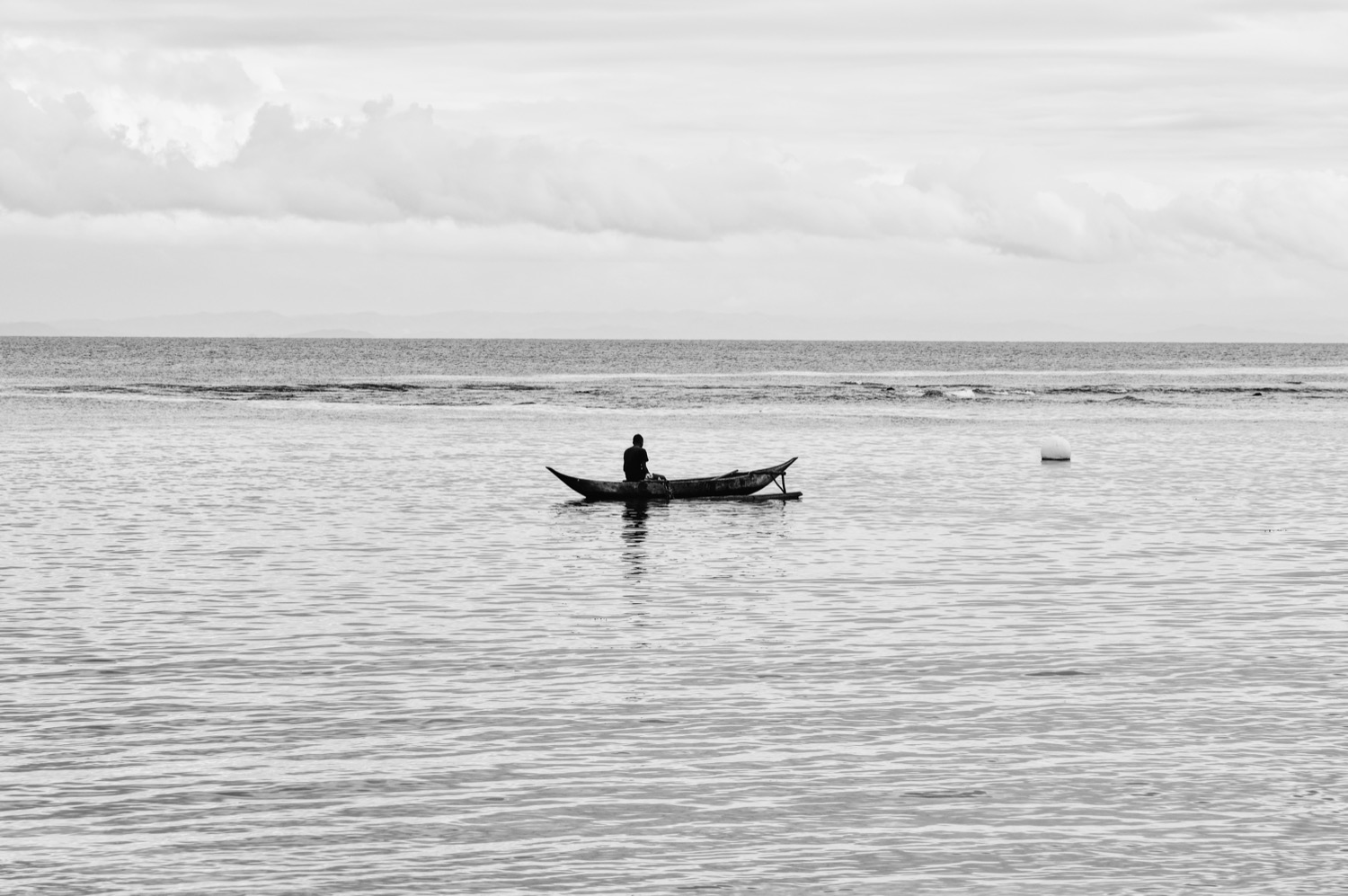
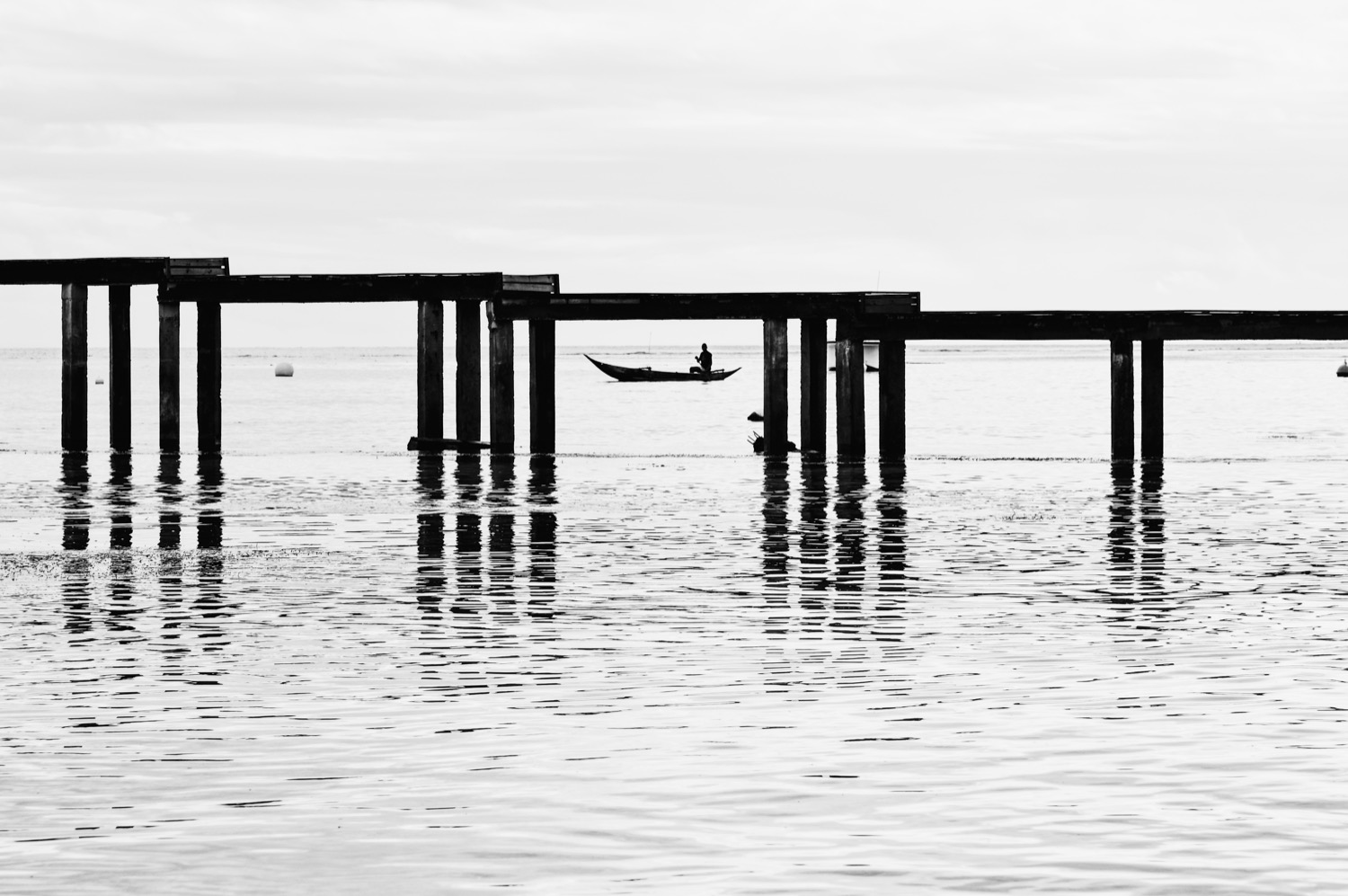
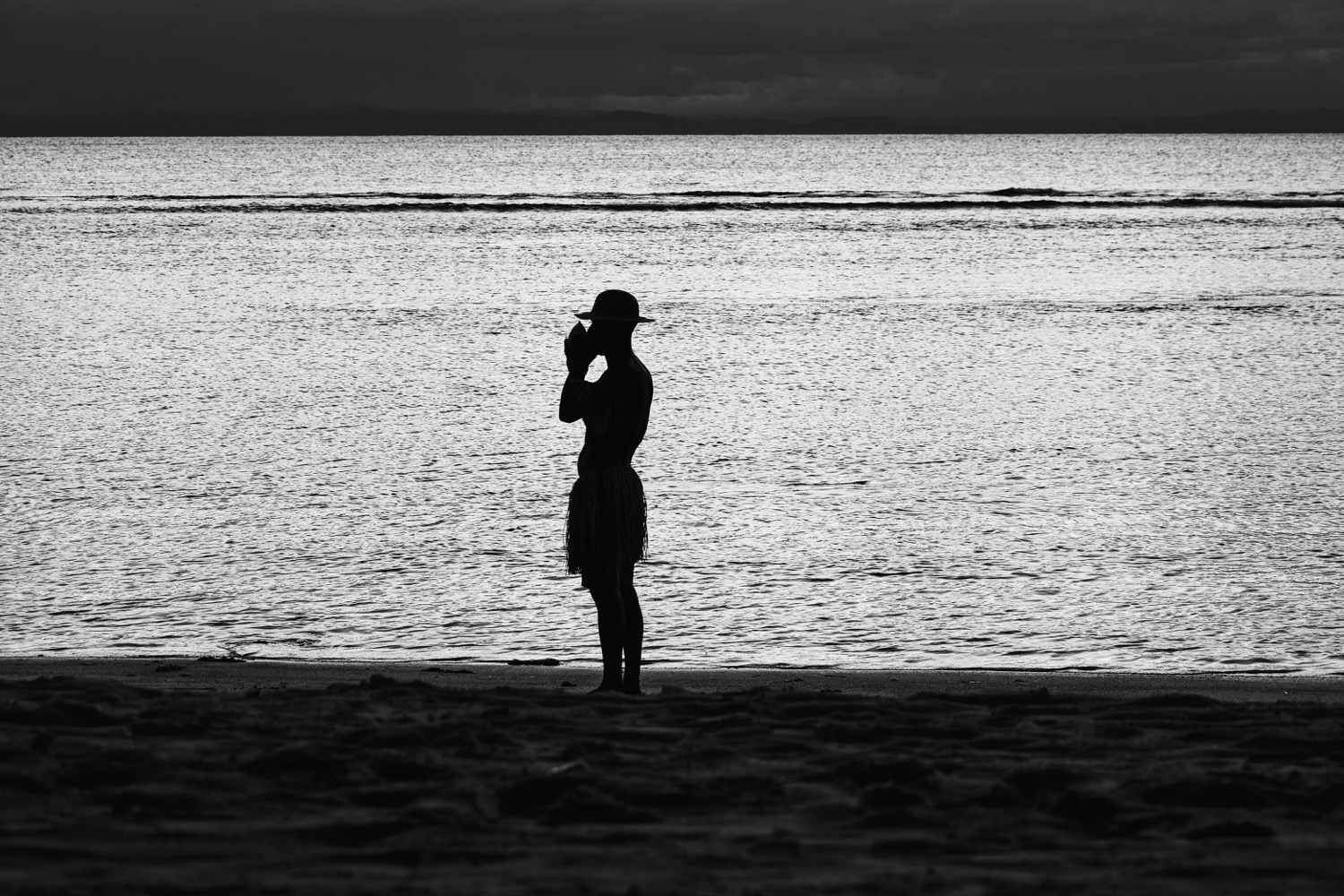
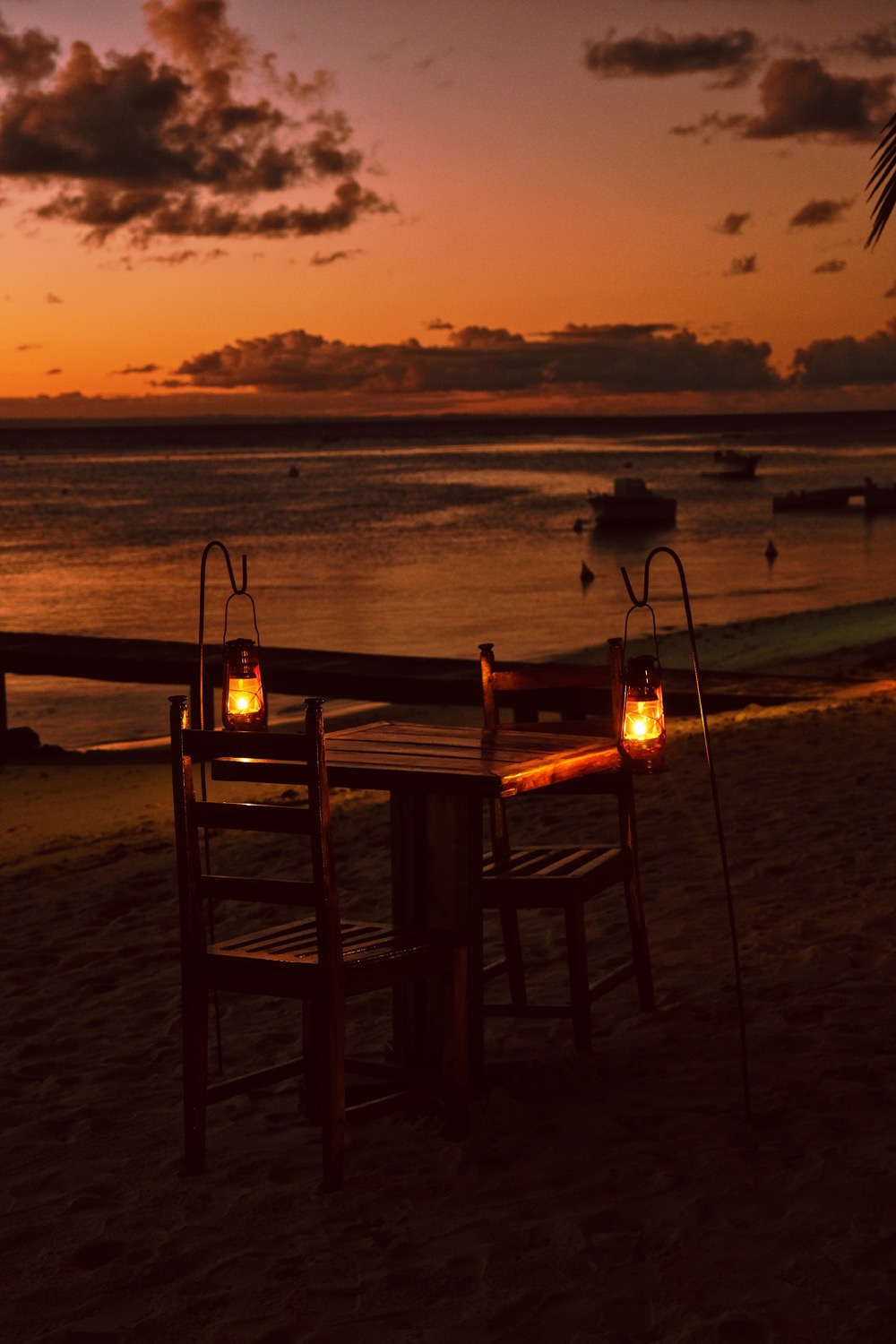
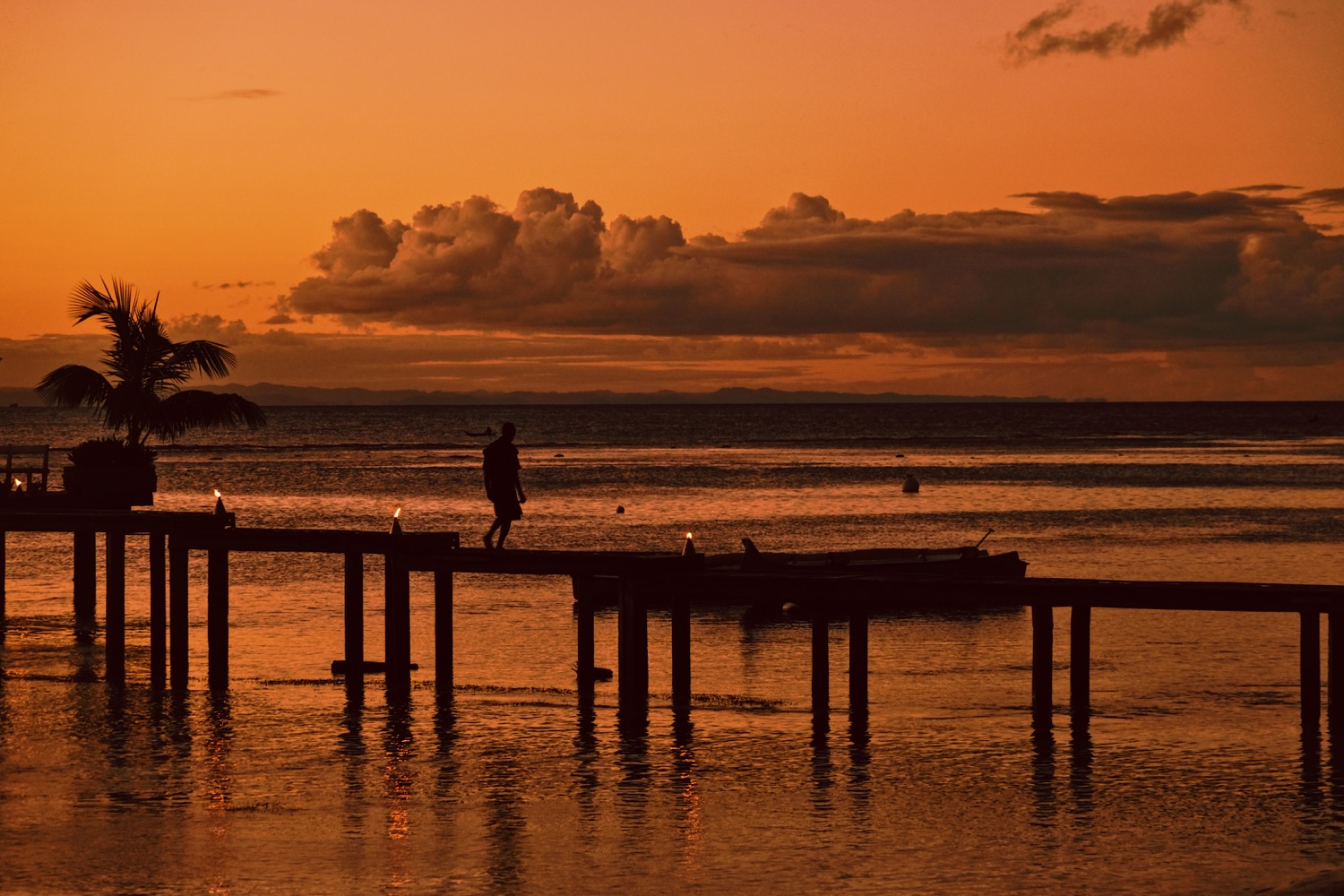
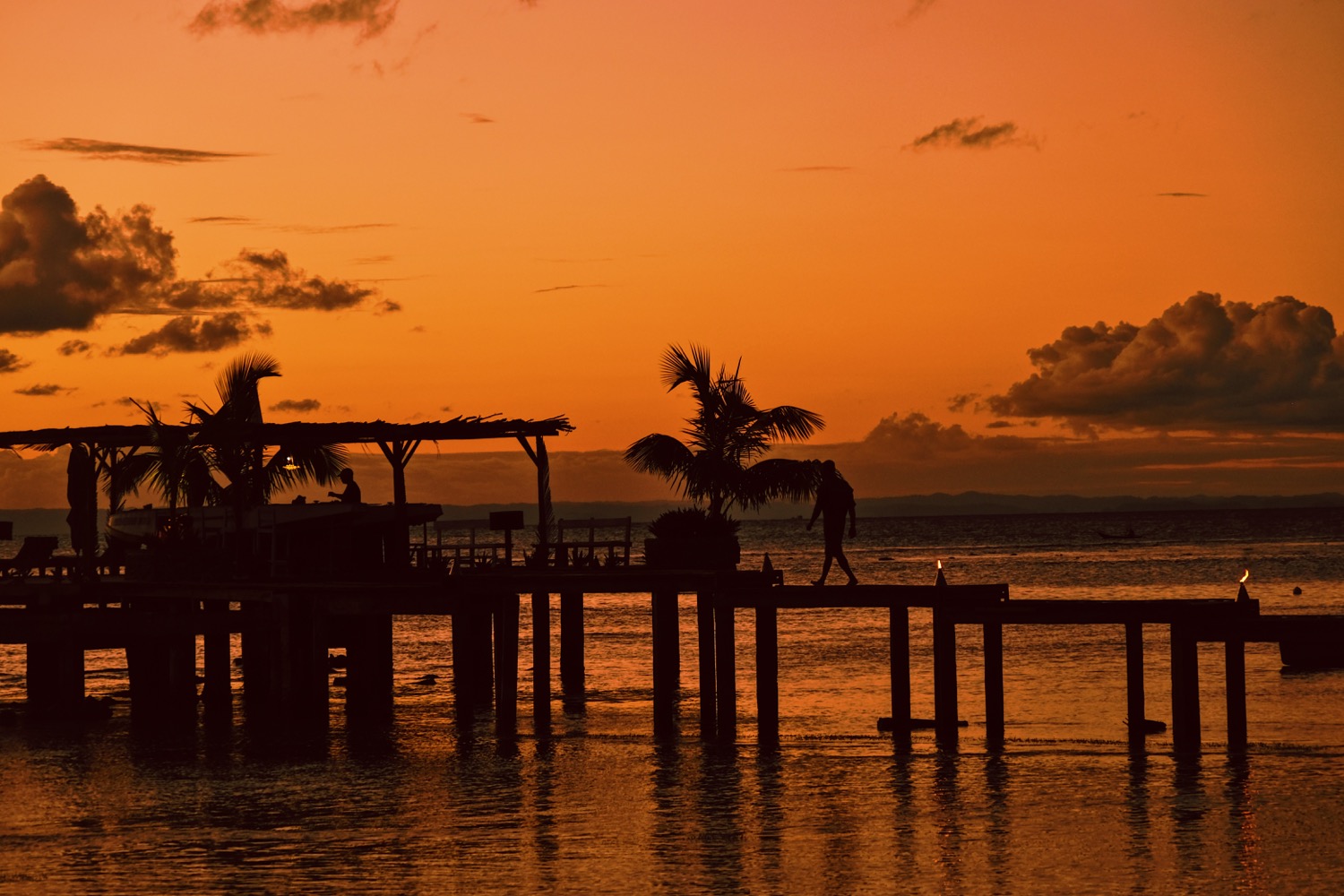
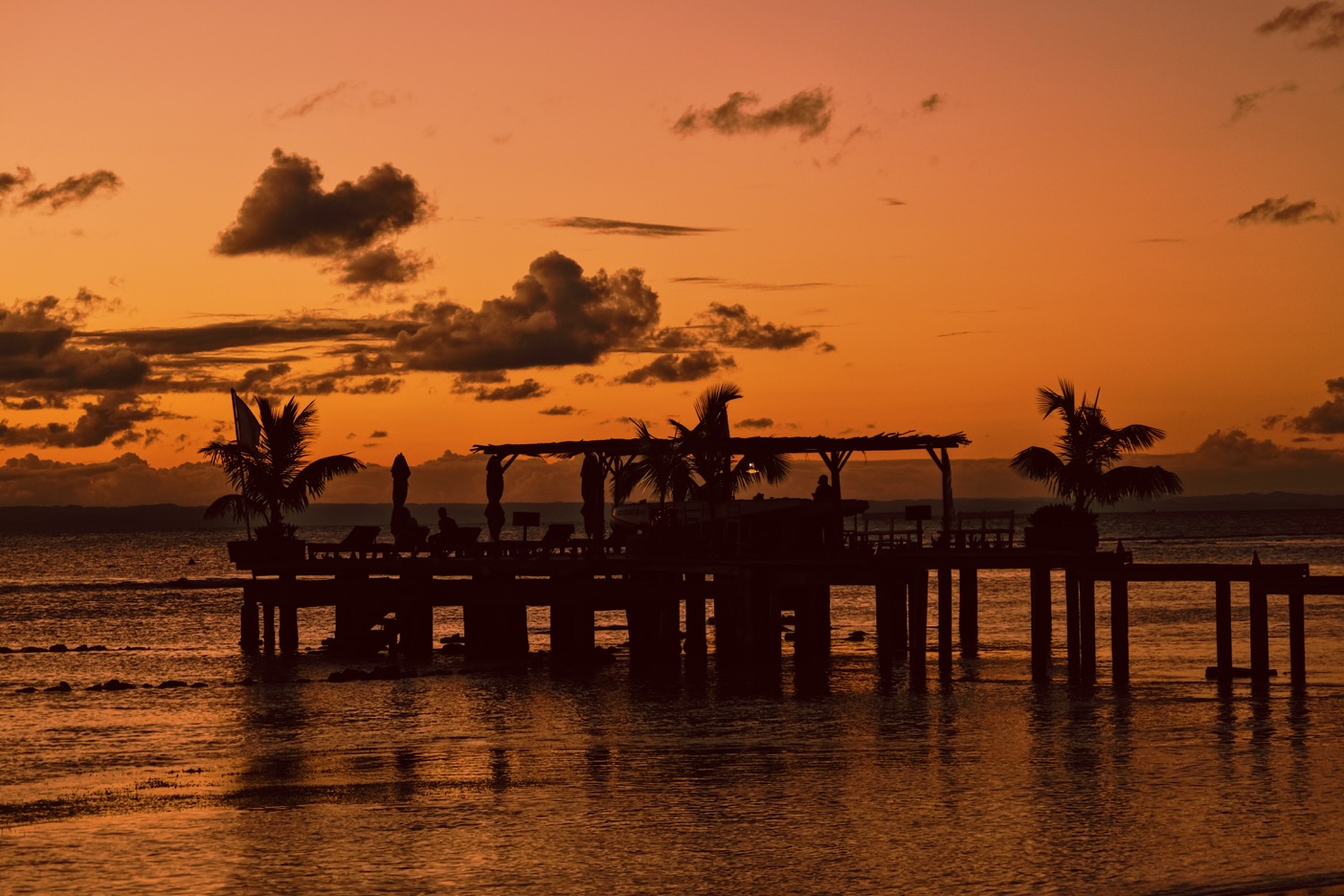
Jeni Andriamiseza is a photographer, writer, and sociologist from Madagascar. Her work merges visual art, storytelling, and academic research to explore complex social issues and create impactful narratives that inspire change.